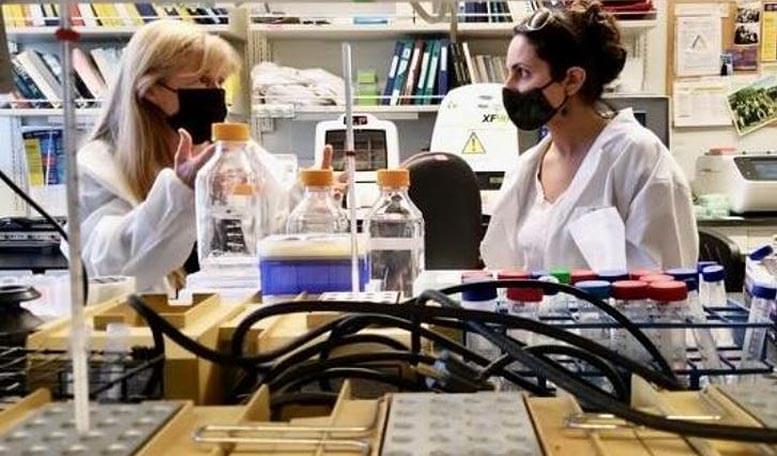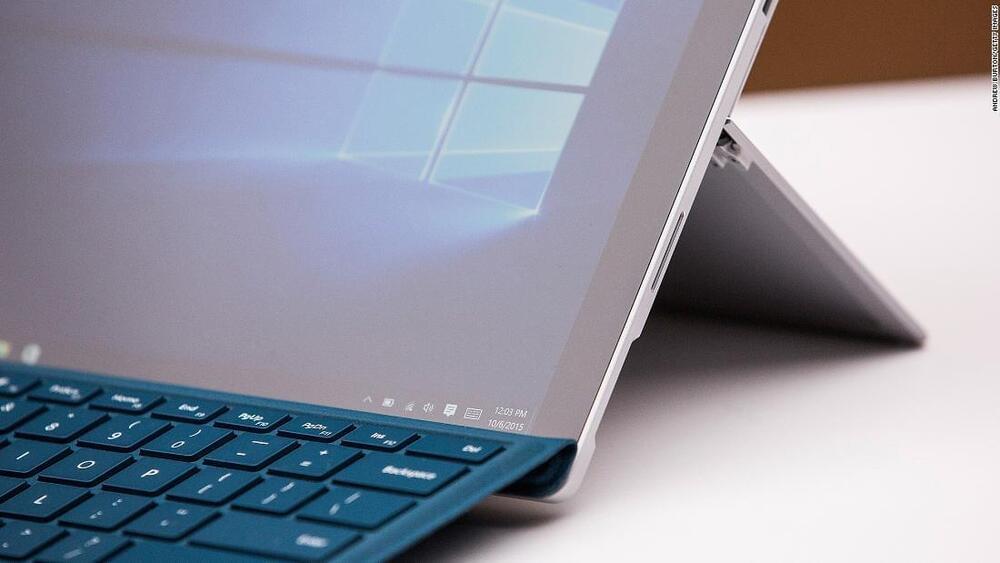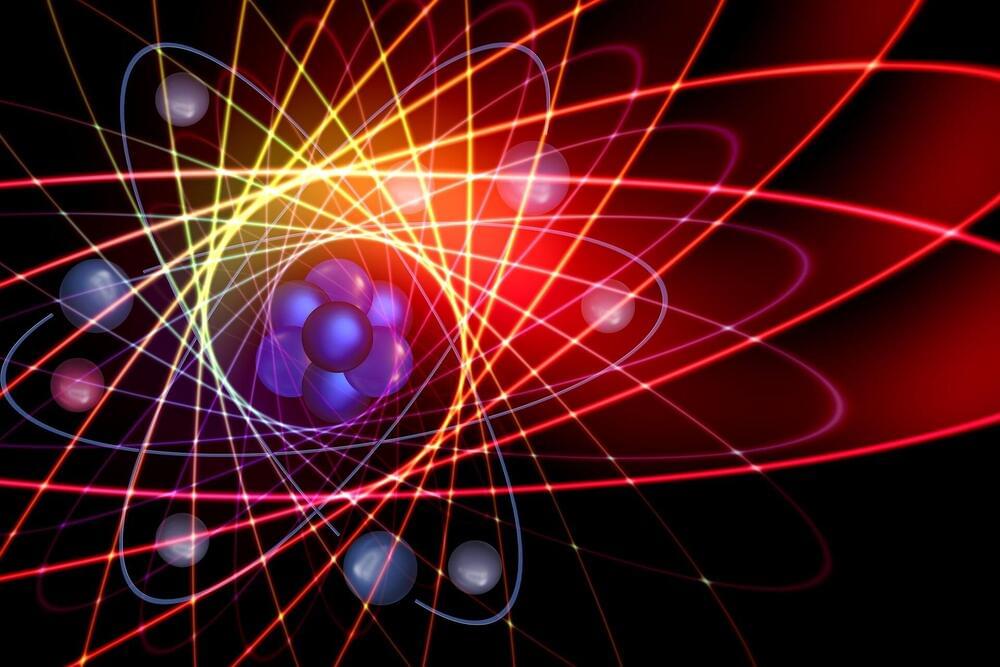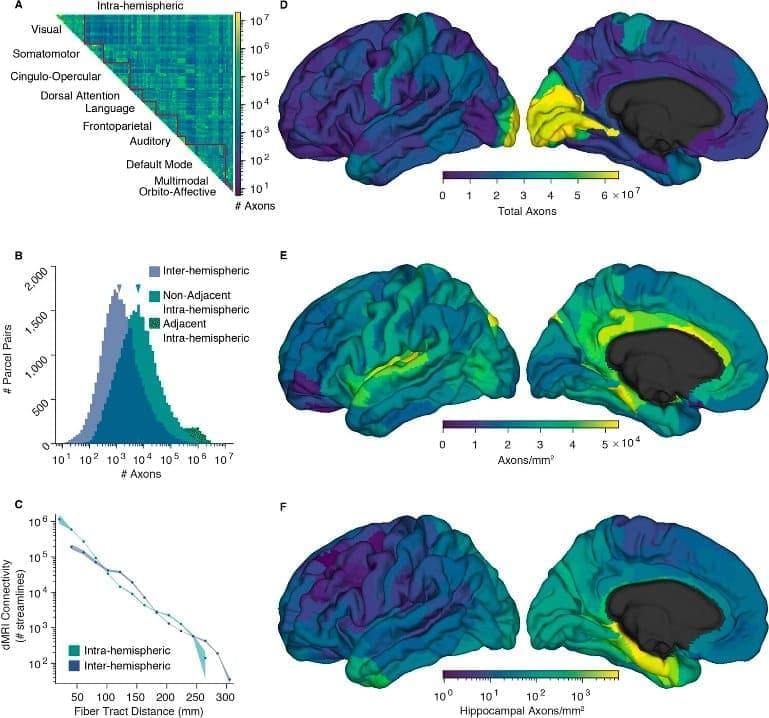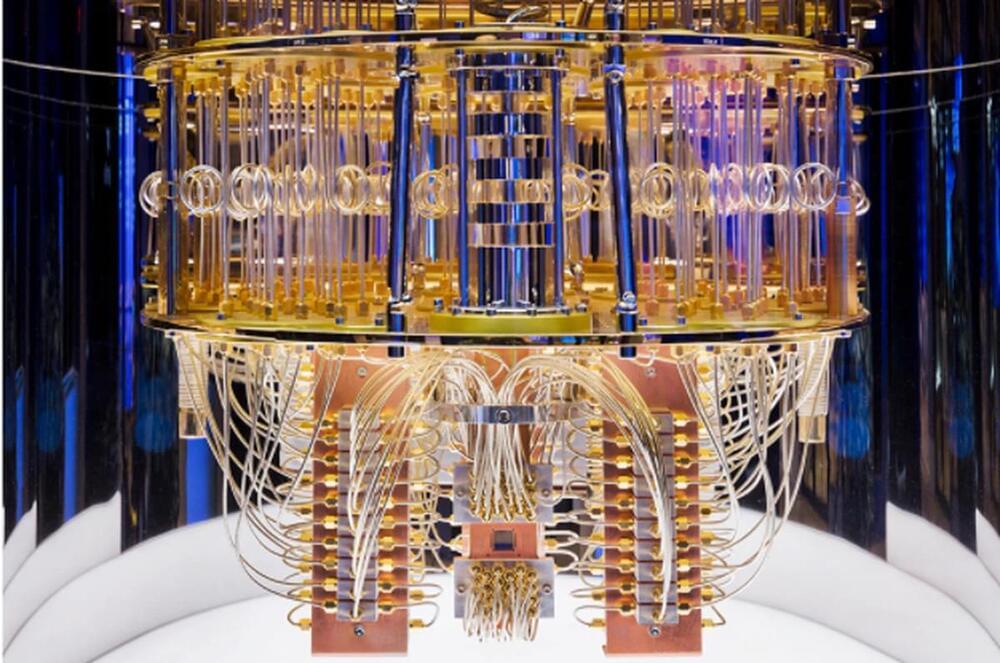Regardless of Pandemics, Wars, Supply chain shocks…the Planets digital brain capacity continues its near exponential growth.
When added to the 728 hyperscale datacentres that were in operation at the end of 2021 and factoring in [the] many new datacentre plans that will be announced over the next two to three years, we forecast that by the end of 2026 there will be an installed base of nearly 1,200 hyperscale datacentres around the world.
“Almost 40% of the world’s operational hyperscale datacentres are located in the US, and the bulk of the developments in the pipeline will also be US-based, with China and Ireland name-checked as the second and third countries with the most new builds planned.” The future looks bright for hyperscale operators, with double-digit annual growth in total revenues supported in large part by cloud revenues that will be growing in the 20–30% per year range,”
The number of hyperscale datacentre facilities in operation across the world is on course to hit the 1,200 mark by the end of 2026, according to forecast data shared by Synergy Research Group.
This prediction is based on the analyst house’s hyperscale market tracker service, which is designed to keep tabs on the activities of 19 cloud and internet service provider companies that meet its hyperscale definition criteria.
At the end of 2021, there was a total of 728 hyperscale facilities in operation around the world, its data shows. And – with a further 314 already in the pipeline – the installed base of large-scale server farms is on course to exceed the 1,000 mark in three years’ time, and will continue to grow rapidly in the years that follow.
